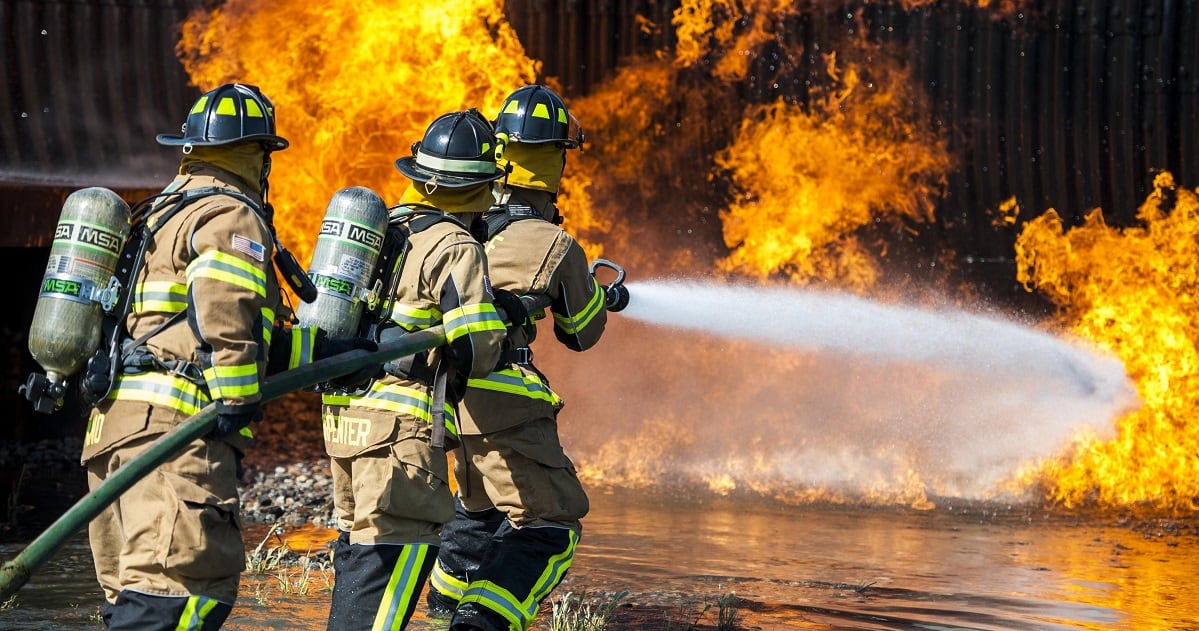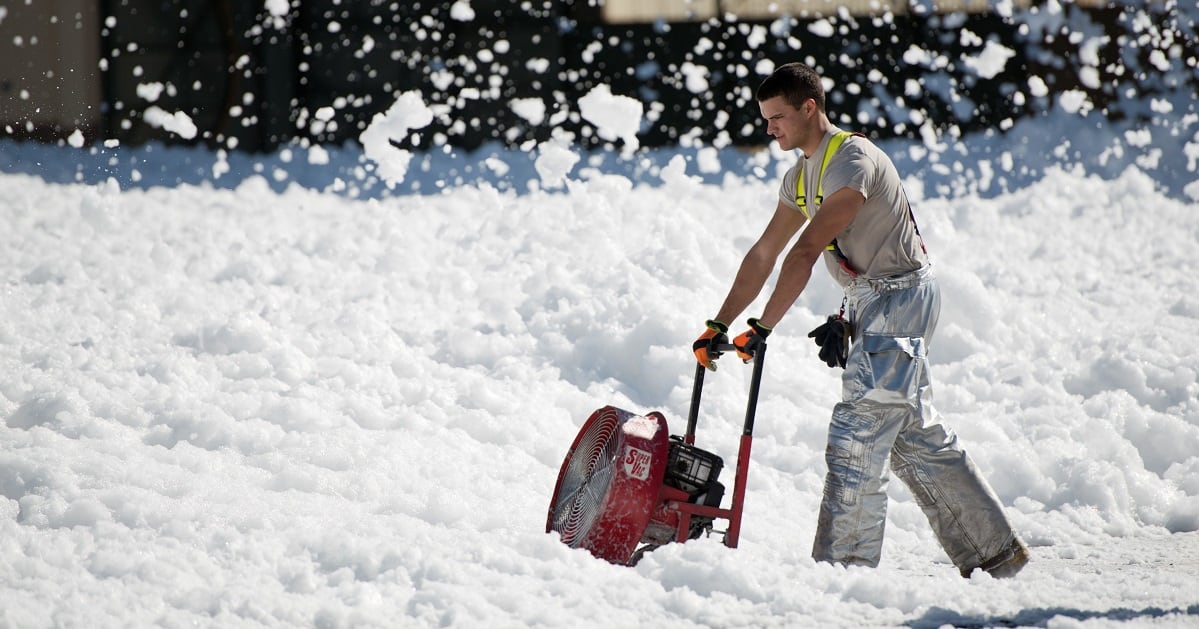A bill that would require the Pentagon to work with states and communities to clean up contamination from chemicals used in military firefighting foam passed the House Friday, a move lawmakers and advocates say would help eliminate the toxic substances from drinking water supplies nationwide.
The bill, the PFAS Action Act of 2019, H.R. 535, would require the Environmental Protection Agency to declare two types of per- and polyfluoroalkyl substances, or PFAS, as hazardous. And while it passed the House, it still faces formidable resistance in the Senate and has been threatened with a veto by the White House over cost and scope.
If enacted, the effort to label perfluorooctanoic acid, or PFOA, and perfluoroactanesulfonic acid, PFOS — the key ingredients of aqueous film-forming foams used by the U.S. military for firefighting — as toxic substances, would declare areas contaminated with these substances Superfund sites, jump-starting the cleanup process.
The bill also would set a maximum allowable drinking water level for PFOS and PFOA and establish guidelines for use of the foams by first responders, although the Pentagon already has taken steps to limit use of foams containing PFOA and PFOS during land-based training.
RELATED

An estimated five million to 10 million people across the country may be exposed to water contaminated with these chemicals, which have been linked to testicular and kidney cancer, thyroid disease, high cholesterol, birth defects and high blood pressure in pregnant women.
The Pentagon has identified 401 active and former military installations and National Guard sites where PFOA and PFOS contamination is known or suspected. Defense Department officials said in November that the number may be higher, as they have identified more facilities with suspected PFAS releases.
They declined to name the additional facilities or their locations.
Rep. Dan Kildee, D-Mich., who cosponsored the bill written by fellow Michigan Democrat Rep. Debbie Dingell, said Thursday that the Defense Department has known the chemicals were poisonous since the 1970s but failed to ensure that military firefighters were protected from the chemicals.
The DoD, he added, also allowed PFAS-containing foams to drain into the ground where they entered groundwater and in some cases, drinking water supplies. One of the communities in his district, Oscoda, former home of Wurtsmith Air Force Base, has contaminated drinking water supplies and groundwater.
RELATED

“The EPA and the Defense Department both have authority to protect the public from PFAS and have so far failed in their responsibility to address this public health crisis,” Kildee said Friday shortly before the vote.
The fiscal 2020 National Defense Authorization Act contained several provisions barring the use of firefighting foam containing PFOA and PFOS in non-emergencies and requiring the Defense Department to include blood tests for military firefighters during routine physical examinations for PFAS exposure.
The law also sets standards for disposing PFAS by incineration and requires the removal of all PFAS chemicals from meals, ready-to-eat packaging by Oct. 1, 2021.
The PFAS Action bill passed the House Friday 247-159, with 24 Republicans supporting the bill.
Despite the support, however, the legislation faces an uncertain future in the Senate, where Sen. John Barrasso, R-Wyoming, told Bloomberg Environment “it has no prospects.”
Barrasso said he objects to the provisions in the bill that trigger the Superfund provisions because they go “way beyond” a measure that passed the Senate Committee on Environment and Public Works that would require disclosure of PFAS releases and establish drinking water standards.
Two days before the House vote, the White House threatened a veto of the bill, saying that the EPA has an action plan and the bill, which it argues would overstep EPA’s current authorities, would open the federal government up to “considerable litigation,” set timelines that would be difficult to meet and put substantial costs on federal state and local agencies.
The Congressional Budget Office estimated that H.R. 535 would cost at least $300 million in the next decade but could be “much higher,” given that it would obligate the federal government to mitigate contamination on former federal properties that are now state, local or privately owned.
Scott Faber, senior vice president of governmental affairs for the Environmental Working Group, the advocacy organization pushing for stricter controls over PFAS chemicals and environmental cleanup, said last week the EPA’s efforts to address PFAS contamination are decades late.
“Enough is enough,” Faber wrote in a post on the group’s website. “It’s time for Congress to set meaningful deadlines for the EPA. The PFAS Action Act will immediately designate PFOA and PFOS as hazardous substances, which will kickstart the clean-up process at contaminated sites.”
Dingell said she remained hopeful that the bill will receive serious consideration in the Senate.
“All of us are working with our colleagues in the House and the Senate to develop a strategy to get this bill through,” she said.
Patricia Kime is a senior writer covering military and veterans health care, medicine and personnel issues.




